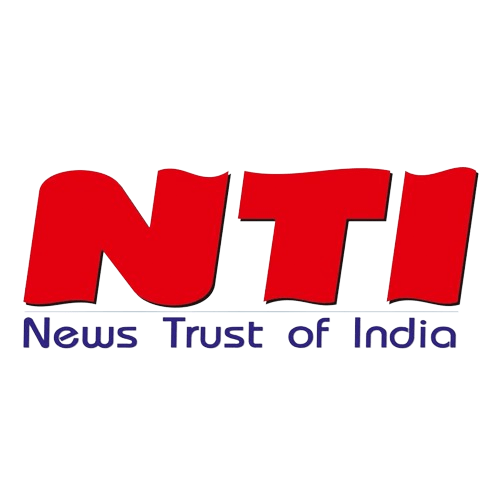Lucknow: Pushkar Dhami, the chief minister of Uttarakhand, and Yogi Adityanath, the chief minister of Uttar Pradesh, met, during which important conversations and proposals were made that established a noteworthy precedent for interstate collaboration and resource sharing. This tactical meeting in Lucknow demonstrated an impressive flow of not only niceties but also important ideas that impact the socio-economic environment in Uttarakhand and Uttar Pradesh.
State-Produced Food Grains and Prabhu Badri Vishal Statue as Gifts
A significant act of kindness at this meeting was the donation of the statue of Prabhu Badri Vishal Ji along with a number of items made from Uttarakhand-sourced food grains. This magnificent gift not only highlights Uttarakhand’s rich cultural heritage but also fortifies the ties that bind the two states together. An act of ceremony like this promotes mutual knowledge of legacy between Uttarakhand and Uttar Pradesh and helps to overcome cultural gaps.
Discussions on Division of Assets and Liabilities
The topic of the allocation of assets and obligations between the two states was at the center of this meeting’s agenda. These discussions are very important because they simplify the administrative environment and guarantee that resources are distributed fairly. The Chief Secretaries’ unanimous approval of the transfer of land and structures, especially in the districts of Haridwar and Udham Singh Nagar, is a step in the right direction towards administrative coherence and operational synergy.
Water Distribution for the Haridwar District’s Non-Irrigated Areas
The transfer of 665 cusecs of water from the Ganga Canal to Uttarakhand for the irrigation of non-irrigated regions in the Haridwar district was a major source of disagreement and a request made by Chief Minister Dhami. The necessity of irrigation in an area without readily available alternative water sources serves as the foundation for this request. The goal of the proposed plan to increase the Iqbalpur canal system’s and other canals’ capacity is to supply irrigation to a sizable area of unirrigated land, meeting the demands of many communities in the Haridwar district.
Reports on Technical Feasibility and Water Allocation
In a preliminary feasibility report, the Superintending Engineer of the Ganga Canal Operation Board, Uttar Pradesh, has underlined the technical feasibility of delivering 665 cusecs of water for the Kharif crop. It is noteworthy, nevertheless, that the feasibility analysis makes clear that this allocation could not be adequate for the Rabi crops. The planned use of water has been carefully planned to stay well within the water resources that are currently accessible, guaranteeing responsible use without infringing on permissions that are still waiting.
Defending Appropriate Water Distribution
Chief Minister Pushkar Dhami highlighted that, of the extra water available from Tehri Dam, the demand for 665 cusecs of water is small and moderate, making up only 13.5 percent of the available surplus. Pending approval from the Uttar Pradesh government, the suggested allotment is far less than the remaining water that becomes available after a set volume.
Developments Regarding Asset Allocation and Land Transfer
Plans and maps for the transfer of individual land portions have been produced, and the Chief Minister emphasized that significant progress has been made in the resurvey of property, especially in Banbasa. Notably, both states have granted their in-principle consent on a number of the items that were discussed, indicating an upcoming transfer of assets in accordance with Uttarakhand.
The Path Ahead
In terms of interstate relations, the bilateral talks between Chief Ministers Yogi Adityanath and Pushkar Dhami represent a critical turning point. With consensus reached on a number of crucial issues, the government’s swift issuance of instructions to carry out the agreed-upon assets’ transfer to Uttarakhand remains a focal point for the implementation of these decisions.
This meeting is evidence of both states’ determination to address issues between them, encourage cross-cultural dialogue, and carefully allocate resources to support each other’s economic and social advancement.


